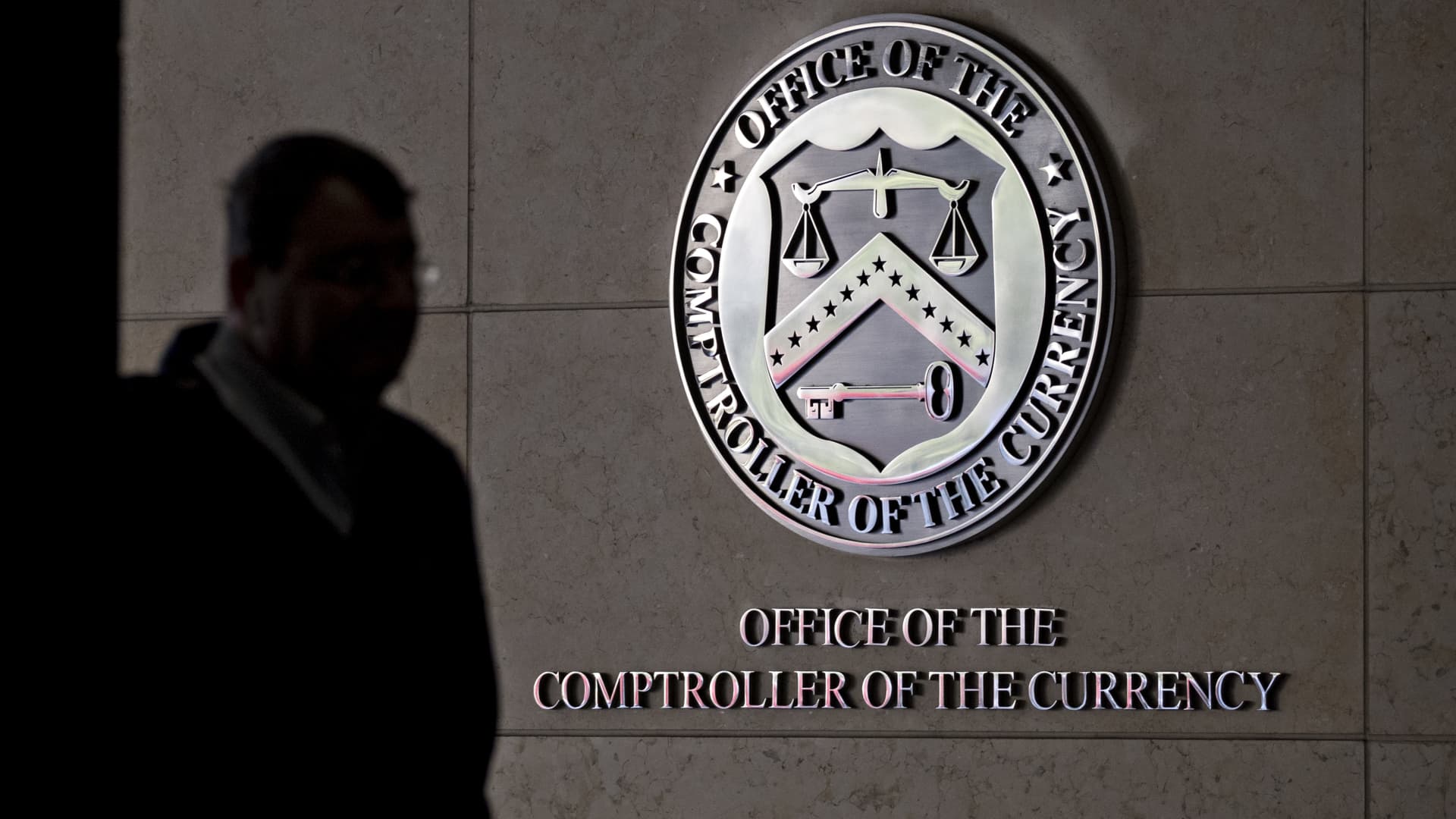Cybersecurity Breach: SEC Email Hack Reveals Confidential Banking Secrets

In a significant cybersecurity incident that came to light earlier this year, a data breach exposed sensitive financial information about federally regulated financial institutions. The breach, which was first detected and subsequently addressed in February, raised concerns about the security of critical financial data.
Investigators revealed that the compromised information provided insights into the financial health and conditions of various regulated financial entities. The swift resolution of the breach highlighted the importance of rapid response and robust cybersecurity protocols in protecting sensitive institutional data.
While the full extent of the breach remains under careful review, financial regulators have emphasized their commitment to maintaining the integrity and confidentiality of institutional financial information. The incident serves as a stark reminder of the ongoing challenges in safeguarding digital financial assets in an increasingly complex technological landscape.
